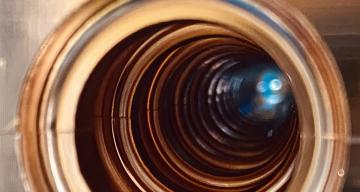In the News
Cold Copper in the context of the LC Vision
Recent Advances towards the Cool Copper Collider
2024-25 • APS Division of Physics and Beams Newsletter
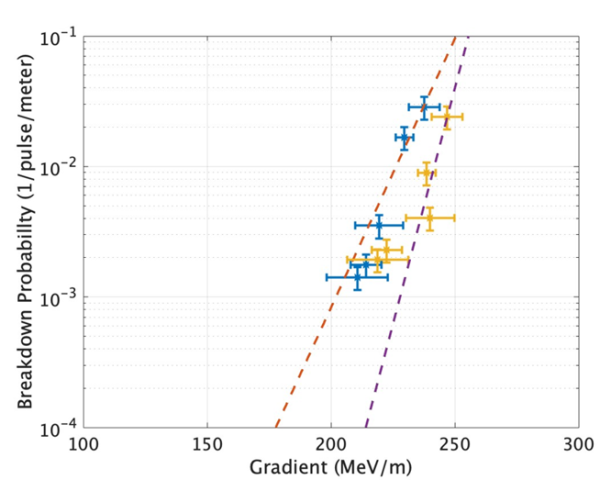
...
The recent advances in high gradient research at SLAC have opened new pathways towards a compact energy-efficient Higgs factory [1]. Furthermore, the development of cold copper RF technology stands to benefit other near-term colliders that have a need for high-gradient normal conducting RF accelerators. A crucial milestone in the development of cold copper technology is the demonstration of a functional accelerator module within a cryostat. To that end, substantial progress has been made on maturing cold copper technology towards this demonstration stage.
Research Continues While Reducing Particle Collider Carbon Footprint
March 26, 2024 • American Society of Mechanical Engineers
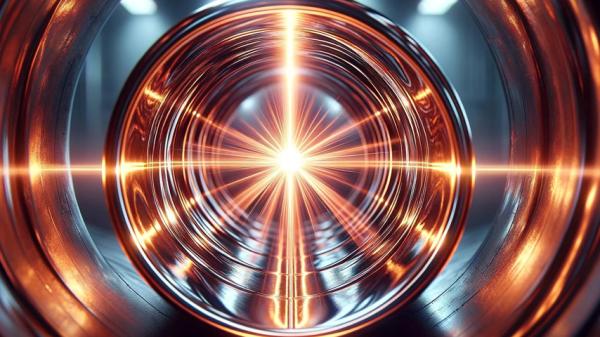
...
It takes a lot of energy to create Higgs bosons and smash them together in the name of science. There are 30,000 accelerators, either linear or circular, already in use around the world. Most of them are found in commercial applications such as semiconductor manufacturing or healthcare.
Among the proposals for the next generation of high energy particle colliders capable of creating and supporting study of the Higgs boson is SLAC National Accelerator Laboratory’s proposal for the Cool Copper Collider, or C3, as it it nicknamed. C3 is a high energy e+ e- linear accelerator that uses a cryogenic copper distributed-coupling accelerating structure. Its design may lay the groundwork toward a more environmentally sustainable path for high-energy collider facilities.
To properly study Higgs bosons, physicists need to make a lot of them. A typical collider takes hundreds of megawatts to operate (in comparison, just one megawatt provides enough electricity to satisfy an instantaneous demand from 750 homes at once). The required intensity of the particle beam within the accelerator drives energy requirements, but there are a lot of other factors in play. In operational energy demands, hardware, equipment, and facilities constructed to house the accelerators also contribute to a collider’s embodied carbon.
Aligning future colliders at SLAC
September 1, 2023 • CERN Courier
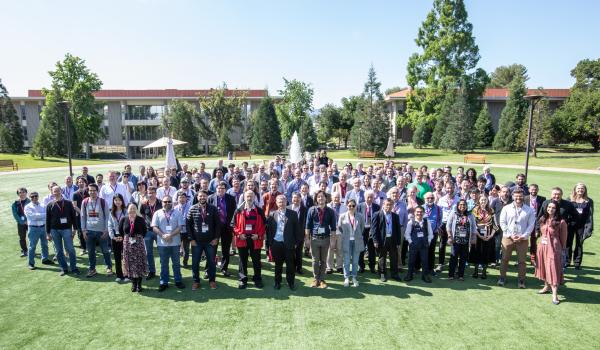
...
Given the global uncertainties around each proposal, it is prudent to investigate alternative plans based on technologies that could enable compact designs and possibly provide a roadmap to extend the energy reach of future colliders. As also highlighted in the Snowmass Energy Frontier report, consideration should be given to the timely realisation of a Higgs factory in the US as an international effort. For instance, the Cool Copper Collider (C3) is a new and even more compact proposal for a Higgs-producing linear collider. It was developed during Snowmass 2021 and made its debut at LCWS with more than 15 talks and five posters. This proposal would use normal-conducting RF cavities to achieve a collision energy of 500 GeV with an 8 km-long collider, making it significantly smaller and likely more cost-effective than other proposed Higgs factories....
A “Retro” Collider Design for a Higgs Factory
October 6, 2022 • Physics 15, 155
The Cool Copper Collider is a new proposal for a Higgs-producing linear collider that would be more compact than other collider designs.
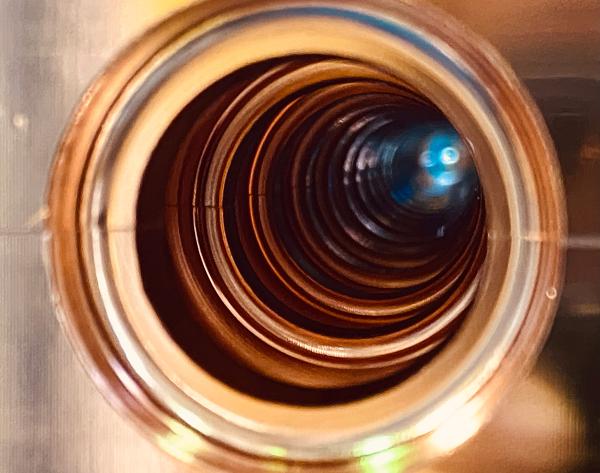
In July, particle physicists in the US completed the Snowmass process—a decadal community planning exercise that forges a vision of scientific priorities and future facilities. Organized by the Division of Particles and Fields of the American Physical Society, this year’s Snowmass meetings considered a range of plans including neutrino experiments and muon colliders...
